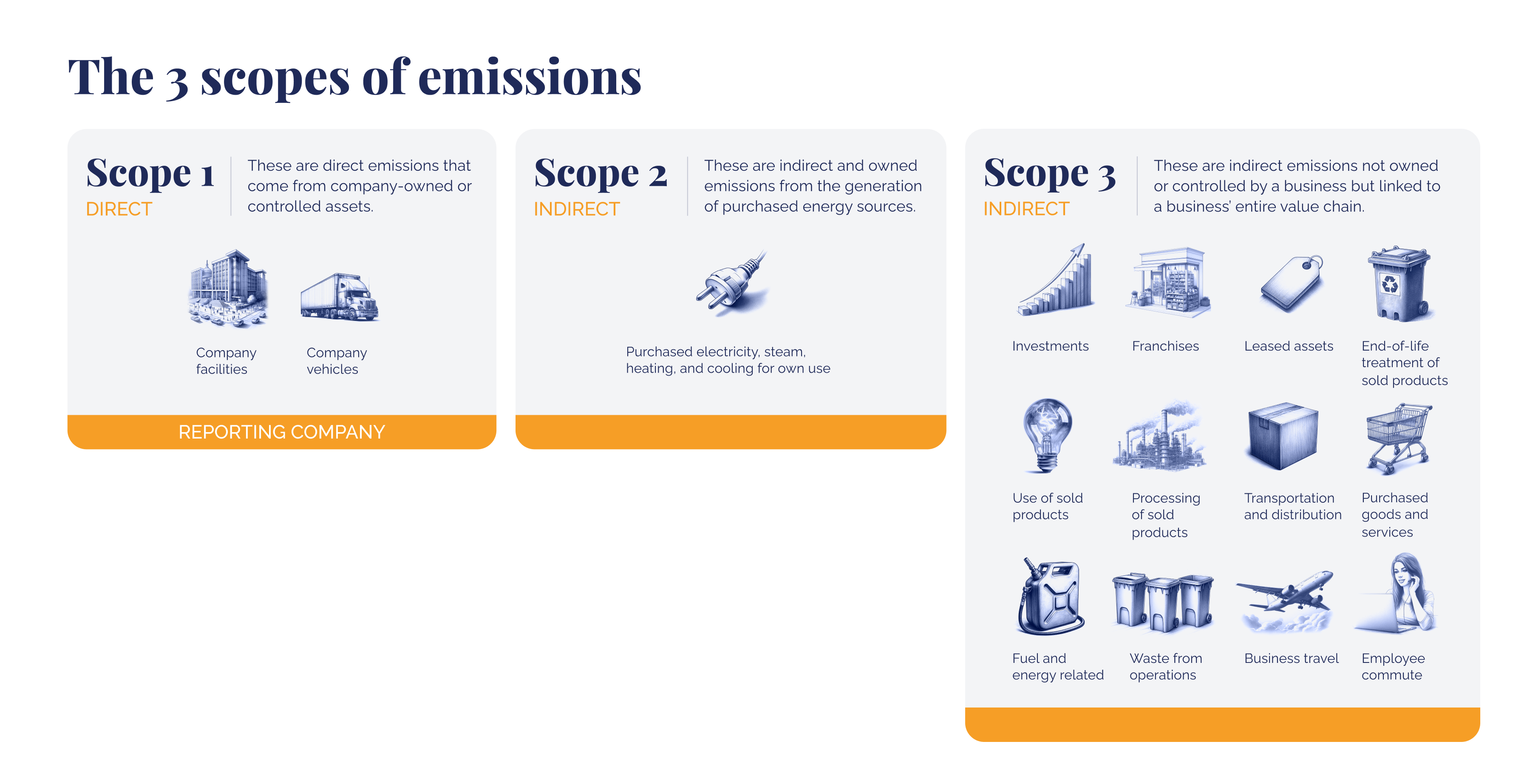Do you recall the unveiling of the iPhone in 2007? It was not merely a new product launch; it redefined what a phone could do, merging communication, entertainment, and internet browsing into one sleek device that fits into your pocket.
This wasn't just evolution; it was a revolution that reshaped the entire smartphone industry and cemented its place as a cultural cornerstone, sparking a wildfire in mobile app development. It was the start of the smart-device revolution.
 Macro picture of a developing leaf. AI generated picture.
Macro picture of a developing leaf. AI generated picture.
In a similar vein, the commercialisation of the internet in 1995 laid the digital groundwork that would support behemoths like Amazon, Google, and Facebook, turning the internet into a global marketplace.
Meanwhile, landmark regulatory changes like the 1978 Airline Deregulation Act liberated the skies, enhancing competition and making air travel accessible to the masses. The Act removed government control over fares, routes, and market entry (of new airlines), which allowed airlines to compete more freely and diversify their services.
Read more: Industry carbon footprints: transport, events, and celebrities
Fast forward to 2007, Netflix transitioned from its DVD rental model to streaming, disrupting the media landscape and permanently altering how we consume media—a foresight into digital consumption that continues to evolve today. It sparked the creation of the streaming era.
Reflecting on history, it's evident that certain moments mark the dawn of significant transformations. These pivotal moments heralded massive expansions and transformations in their respective fields, marking vital moments of innovation and opportunity.
Navigating the future of carbon units: The Scope 3 game changer
Like these important developments that shaped industries, the carbon market is on the brink of its own revolution, particularly within the verified (voluntary) carbon market (VCM). Last year, we touched on the potential $100 billion green finance revolution. And it’s happening now!
This revolution is brought about by the Science Based Targets initiative's (SBTi) recent announcement to include Scope 3 emissions in environmental attribute certificates. But what does this mean?
The SBTi is the world’s main verifier of corporate climate targets. It is a non-profit organisation that helps companies and financial institutions worldwide mitigate changing environmental conditions and harm to nature by transitioning to a low-carbon economy. The SBTi sets targets and guidelines for companies on how to reduce their greenhouse gas (GHG) emissions in line with the latest climate science. It supports companies in setting precise emissions reduction goals, enhancing their environmental strategies’ effectiveness. It has partnered with leaders like the United Nations (UN), the World Resources Institute (WRI), and the World Wildlife Fund (WWF).
 View from below through tree leaves at a flying plane. AI generated picture.
View from below through tree leaves at a flying plane. AI generated picture.
By the end of 2023, over 4,000 companies have set emissions reduction targets validated by the SBTi. Some big players include H&M Group, Hewlett Packard Enterprise, Levi Strauss & Co, Unilever, Burberry, Deutsche Telekom, Guess, Inter IKEA Group, L’Oréal, Nestlé, Nokia, Tesco, PepsiCo, Sony, Pfizer, and Coca-Cola HBC.
To better explain the impact of the development by the SBTi to include Scope 3 emissions in carbon compensation strategies, let’s take a look at the carbon footprint of PepsiCo, for example. In 2022, PepsiCo’s total GHG emissions across Scope 1, 2, and 3 was approximately 61 million metric tonnes. The great majority of its carbon footprint (93%) comes from its value chain—or Scope 3 emissions. These include categories such as agriculture (34%), packaging (26%), and third-party transportation and distribution (18%). It has committed to reducing its absolute Scope 1 and 2 GHG emissions by 75% and Scope 3 emissions by 40% by 2030, using a 2015 base year.
The majority of all companies’ carbon emissions come from Scope 3, as it is the broadest scope of emissions that includes emissions from the whole value chain, which, on average, account for 5.5 times higher emissions than operations.
Read more: Uncovering the impact of Scope 3 emissions
Until now, under the SBTi’s targets, companies could only focus on reducing (and not compensating for) their emissions from Scope 1, 2, and 3. However, Scope 3 emissions are not within a company's control and are, therefore, difficult to reduce. Many companies, including large global players, have set ambitious targets for CO2 mitigation and wish to address their impact across all three scopes.
Read more: Unveiling hidden carbon footprints: overlooked emissions sources in business operations
 Close-up of a DGB member planting a tree seedling. Hongera Reforestation Project, DGB.
Close-up of a DGB member planting a tree seedling. Hongera Reforestation Project, DGB.
A vital tool to compensate for emissions that cannot be reduced or to compensate for past emissions is carbon units, also known as carbon credits. These units are generated by carbon projects such as DGB Group’s nature-based projects. These projects focus on reducing or removing carbon emissions from the atmosphere. The carbon reductions or removals achieved by these projects are then verified by independent standards and converted into tradable carbon units that can be sold to companies that want to compensate for their impact. Each carbon unit represents 1 tonne of CO2 emissions removed or avoided.
Read more: 100 Reasons carbon credits are the best thing that ever happened to improve conditions on our planet
Carbon units are thus used to compensate for hard-to-abate emissions and can offer many co-benefits in addition to carbon mitigation, such as environmental and socio-economic benefits.
Learn more about the benefits of DGB’s carbon units
With the recent inclusion of Scope 3 emissions in environmental attribute certificates, companies can now use carbon units to compensate for the broadest scope of their emissions, ie Scope 3. It allows companies to integrate comprehensive emission reduction and compensation strategies across their entire value chain, not just for direct emissions (Scope 1) and indirect energy emissions (Scope 2) but also all other indirect emissions (Scope 3).
 Illustration describing 3 scopes of emissions.
Illustration describing 3 scopes of emissions.
Referring back to our example of PepsiCo, it means that PepsiCo will now be able to invest in carbon projects and use the carbon units generated to compensate for and offset the impact of its massive Scope 3 emissions. This groundbreaking shift thus offers companies and carbon project developers opportunities to benefit. Companies can now effectively address their Scope 3 emissions through carbon units, and project developers can scale their carbon projects and their impact with the funding.
What does the inclusion of Scope 3 emissions mean for the carbon market?
This is a monumental development that will have far-reaching implications for the carbon market. Firstly, this pivotal move signifies a leap towards a more comprehensive approach to carbon accounting, allowing companies to take a more holistic approach to addressing their emissions. Companies will now need to address emissions from all upstream and downstream activities, encompassing everything from the production of purchased goods and services to transportation and waste disposal. Secondly, this development will likely catalyse a substantial surge in carbon unit demand and pricing, poised to reshape the landscape of green finance.
The relaxed guidelines by the SBTi will thus invigorate the demand for voluntary carbon units. The decision signals a crucial shift towards the acceptance of carbon units in corporate environmental strategies, promising to boost both the market and the use of carbon units in achieving real-world environmental action.
This expansion is expected to mobilise the predicted €100 billion in annual turnovers within the carbon markets, significantly scaling all activities. Currently, 4,694 companies responsible for emitting over 26 billion tonnes of CO2 annually participate in these markets, highlighting the robust institutional commitment to sustainable investing.
Read more: The voluntary carbon market's journey through 2023 and beyond
As Scope 3 emissions become a focal point, the demand for carbon units will soar, likely driving up prices and enhancing the profitability potential of early investments in these units. Companies will need to refine their strategies around carbon neutrality to comply with new regulations and capitalise on the burgeoning market for carbon offsets.
The 1,921 largest companies validated by the SBTi emit 7.2 billion tonnes of CO2 annually. Compensating for just 20% of their emissions translates to 1.4 billion tonnes of CO2, potentially mobilising between €7 billion and €20 billion in environmental financing each year. When including the 2,773 companies with self-declared targets, responsible for 18.8 billion tonnes of CO2, the potential market could exceed €100 billion annually from these organisations alone. If these companies also compensate for 20% of their emissions, this would account for an additional 3.76 billion tonnes of CO2 units annually, drastically expanding the market and increasing demand for carbon units.
Read more: Bullish growth projections in the carbon market
Reflecting on this monumental shift in the carbon market, we can see that it mirrors the transformative impact of other historical milestones. This development heralds a new chapter in sustainable investing, setting the stage for a green finance revolution that promises to redefine environmental action in the corporate world.
Embracing the future: DGB Group and the new frontier in sustainable investing
The SBTi's inclusion of Scope 3 emissions represents a monumental shift in the landscape of the carbon markets, paralleling past transformative moments of innovation. By expanding the applicability of carbon units to include comprehensive value chain emissions, the SBTi is not only facilitating a more extensive framework for carbon neutrality but also enhancing the efficacy and reach of carbon market mechanisms.
This strategic move is expected to drive a significant uptick in carbon unit demand, underscored by heightened market activity and greater economic throughput in the burgeoning sector of green finance.
This development marks a transformative phase in carbon markets, promising substantial economic opportunities and positioning sustainable practices as a cornerstone of corporate strategy.
 Bulindi chimpanzee in its natural habitat. Bulindi Chimpanzee Habitat Restoration Project, DGB.
Bulindi chimpanzee in its natural habitat. Bulindi Chimpanzee Habitat Restoration Project, DGB.
Seizing this opportunity, DGB Group is at the forefront of providing high-integrity carbon units that align with expanding market needs and increased demand. Our carbon footprint calculator and verified carbon units are designed to meet the stringent criteria of Scope 3 emissions, offering businesses a reliable pathway to achieving their sustainability goals.
By investing in nature-based projects with verifiable impact, DGB's carbon units not only help companies compensate for their entire value chain emissions but also contribute to global environmental preservation efforts. This approach ensures that our clients are not just purchasing carbon offsets but are actively participating in meaningful environmental action that aligns with the latest standards and regulations in the carbon market.
Start your positive impact: measure your carbon footprint
As the demand for carbon units surges, DGB's commitment to high-quality and impactful solutions positions us as a key player in supporting companies in navigating the evolving landscape of environmental finance. Through our projects, products, and services, we aid companies in understanding and committing to environmental improvement, assessing their environmental footprint, developing strategies for environmental solutions, and communicating their progress on sustainability transparently.
With this monumental shift in the carbon market and the revolution of the application of carbon units, the time to benefit from the carbon market is now. Whether you are an investor looking to invest in green bonds that fund carbon projects, an organisation looking to measure and compensate for your carbon footprint with carbon units, or an individual wishing to contribute to nature through planting trees, we have the solution for you. With our array of green solutions, you can take action today to make a positive environmental impact and benefit from the groundbreaking expansion of the carbon market.
Start your green journey: explore DGB’s carbon units







